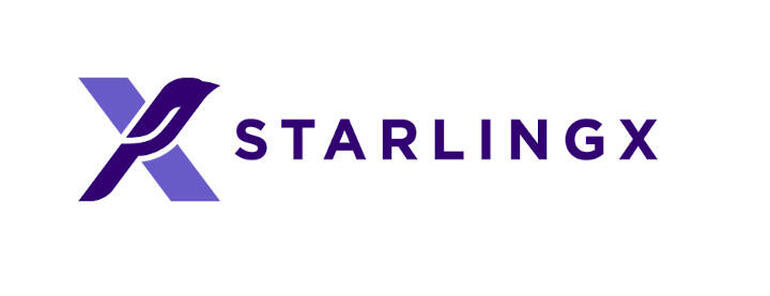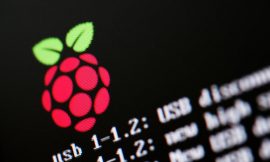Want a ready-to-run cloud edge computing package with everything built-in? Check out the Open Infrastructure Foundation’s latest version of Starling X.

Wouldn’t it be nice if instead of having to pick one software project from column A all the way to selecting one from column Z if you could simply set up cloud-based edge computing using an already integrated software stack? The Open Infrastructure Foundation heard your cries and its answer is StarlingX. This is an open-source edge computing and Internet of Things cloud platform that combines Ceph storage, OpenStack cloud, Kubernetes container orchestration, KVM virtualization and, of course, Linux to provide you with everything you need for an easy-to-deploy cloud/edge computing software stack.
SEE: Research: Video conferencing tools and cloud-based solutions dominate digital workspaces; VPN and VDI less popular with SMBs (TechRepublic Premium)
Customers agree. StarlingX is already being used by companies such as China Unicom, T-Systems and Verizon to deliver 5G services to customers in production. As Jonathan Bryce, the Open Infrastructure Foundation’s CEO, said, Verizon supports 5G thanks to StarlingX’s ultra-low latency, high availability and tier-one requirements.
The original codebase came from Intel and Wind River in 2018. Since then, it’s done a lot of growing. While much of the work has been to make it the 5G delivery platform of choice, StarlingX is really good for any edge computing requirements that include high-speed interactions. So, it’s not much of a surprise that it’s also being picked up by IoT companies. In particular, it’s providing a home in automation and factory IoT applications.
This latest version, StarlingX 5.0, includes numerous features to make it useful for those and other purposes. For example, it now supports ‘edgeworker’ nodes. This enables you to customize nodes, which are deployed close to an edge device, such as an I/O device, a camera, a servo motor or a sensor. It’s especially useful when you want a lightweight way to deploy a particular server operating system close to your devices. Say, for example, that even though you’re using Red Hat Enterprise Linux (RHEL) for your main operating system, but you need to use Ubuntu Core for a containerized operating system for your security camera, with edgeworker, you just deploy Ubuntu Core to the appropriate nodes. No-fuss, no muss.
Thinking of those security cameras, StarlingX now supports Nvidia GPUs. This enables you to offload those workloads from the low-powered cameras to an edge node with Nvidia GPUs. You can, of course, also use these GPUs for machine learning as well in other applications.
SEE: Edge computing adoption to increase through 2026; organizations cautious about adding 5G to the mix (TechRepublic Premium)
StarlingX is also now capable of field-programmable gate array image update orchestration. Do you need to push a new firmware update to your IoT devices or StarlingX nodes? No problem. You can automatically update them and orchestrate the whole process by using Ansible DevOps. Now, this is handy!
Support for Precision Time Protocol may not sound that exciting, but, it’s an important addition. Being able to keep devices in sync on time all the way from an office gadget to the StarlingX edge nodes to the servers is vital. Ask any system administrator, and they’ll tell you. With this change, StarlingX can keep you up to date on your devices’ PTP state and re-sync clocks if they gain or lose time.
Finally, to improve security, StarlingX has added a new major open-source program to its package: Vault. This HashiCorp open-source project lets you store, encrypt and access secrets, such as credentials, encryption keys and API tokens. Vault’s features include dynamic secret generation, data encryption, leasing and renewal, revocation and audit/logging.
As StarlingX has matured it’s gotten many more developers on board. As Paul Miller, Wind River’s CTO, said “It’s been exciting to see the tremendous increase in StarlingX community activity, not only in terms of commercial adoptions and evaluations but also with respect to investments in the project by many different organizations and individual contributors.”
Speaking as someone who still keeps one foot in development consulting, I recommend StarlingX for anyone who’s serious about edge computing. I really like that StarlingX gives you what you need to fully deploy an edge approach without having to build your own recipe for an edge computing solution.
Want to know more? Check out the StarlingX release notes. Then, if you still like what you see, you can download StarlingX 5.0‘s code or get an ISO or Docker image and give it a try.
Also see
Source of Article



